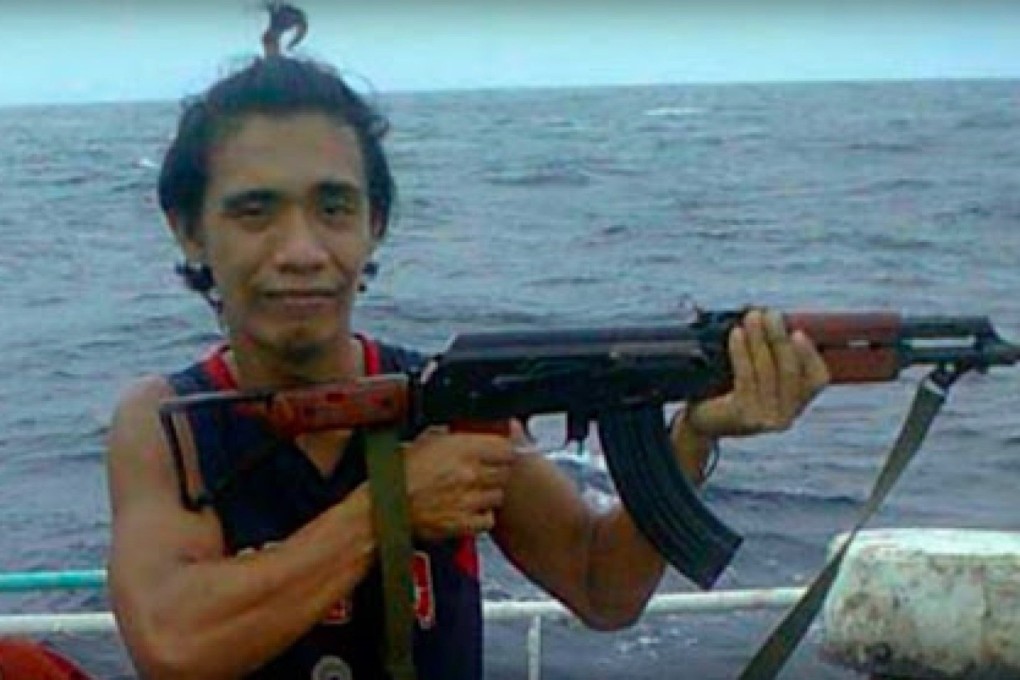Murder at sea: maritime crime doesn’t begin and end in the ocean, it has onshore consequences too
- The recent murder conviction of the Chinese captain of a Taiwanese ship has drawn attention to the lawlessness of the ocean

The men are helpless out in the open water, without life jackets, clinging to floating debris from their rammed and sunken ship, being tossed around by rolling ocean waves. Several large fishing vessels circle, but none make a move to help. This isn’t a rescue.
The viewfinder’s frame shakes and a voice, off camera, shouts in Mandarin: “In the front, to the left! What are you doing?” Then: “Fire! Fire! Fire!”
Bullets spray the water around one flailing man. One round catches him. His body stills, blood plumes into the blue water. Another man in the water raises his arms over his head, palms open, in what looks like an attempt to surrender. A bullet drills into the back of his head, knocking him facedown. His body floats, lifeless. Gunmen with semi-automatic weapons appear to fire at least 40 rounds. “I’ve shot five!” shouts one in Mandarin.
Events that occurred before the video began recording remain unclear but – later reported in court – the sinking of a wooden “pirate ship” by one of the other vessels in the video is said to have been what led up to the murderous actions captured on film.

There were at least four longliner ships on the scene, and the incident unfolded over more than 10 minutes in broad daylight. It is a chilling spectacle, particularly when, late in the footage, deckhands can be seen laughing and posing for photos amid the carnage.
There is no law requiring any of the witnesses to report the killings, and no one did.
